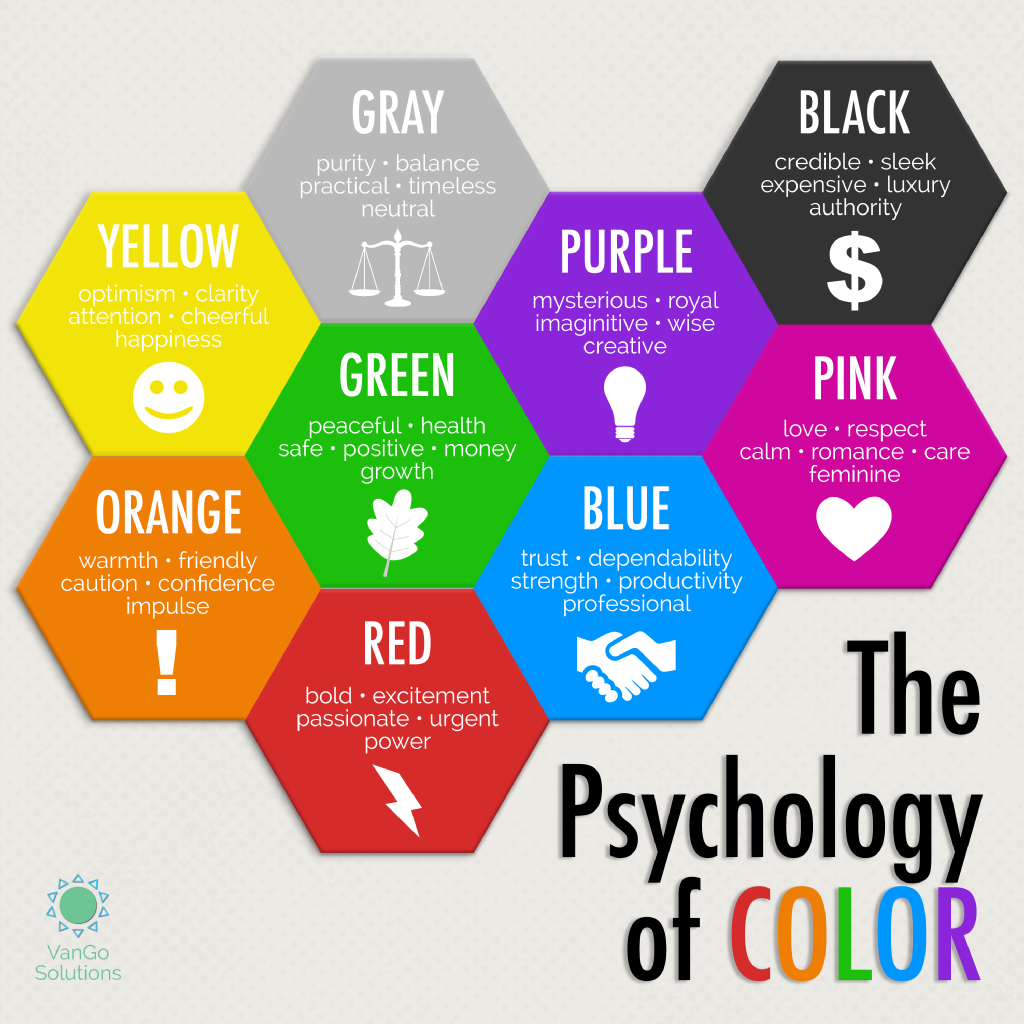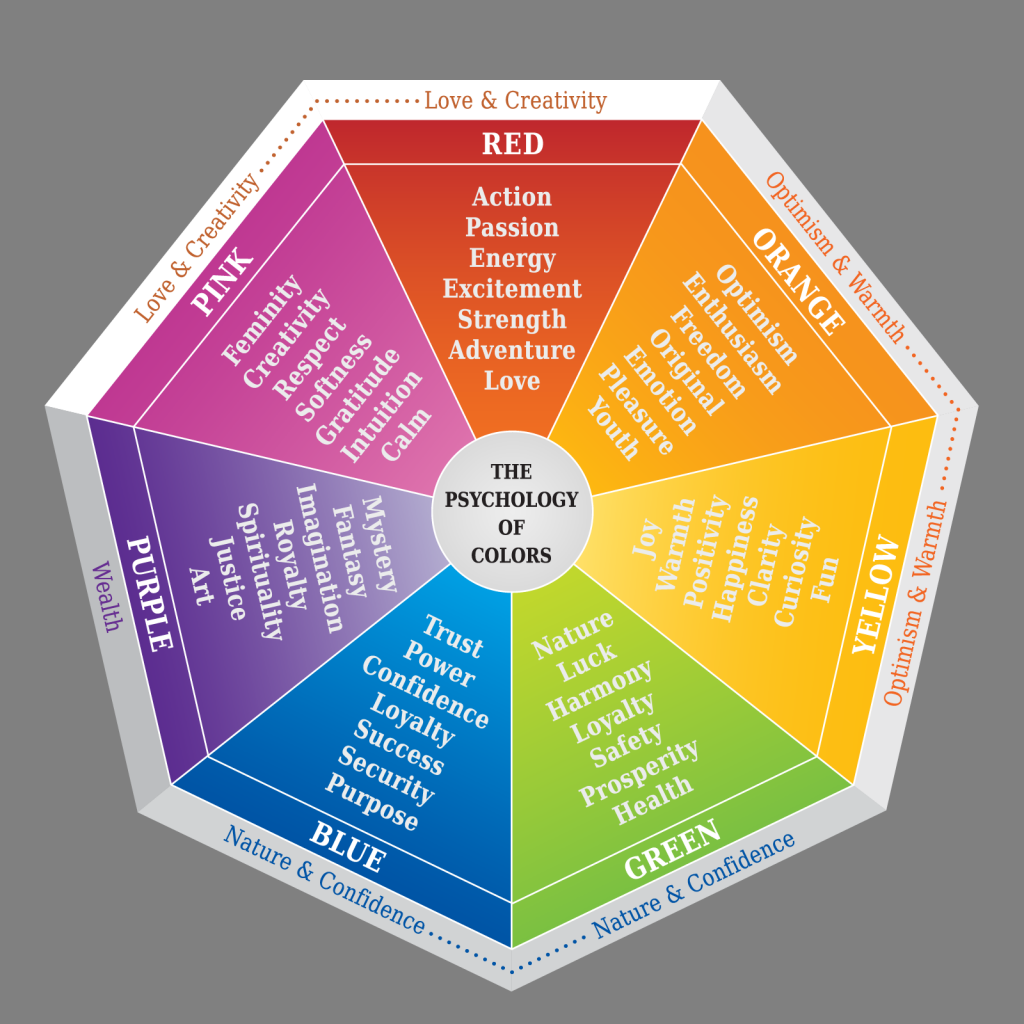
The Science Of Color: Psychological Impacts Of Your Decor Choices
When it comes to decorating our living spaces, we often focus on aesthetics and personal preferences. However, did you know that the colors you choose for your decor can have a profound impact on your mood, emotions, and overall well-being? The science of color psychology explores how different hues can influence our psychological state, and understanding this can help us create harmonious and balanced environments that promote positivity and productivity.
The Power of Color Psychology
Color psychology is a field of study that examines how different colors affect human behavior, emotions, and cognitive processes. It explores the relationship between color and the brain, highlighting the ways in which specific hues can evoke specific responses and reactions. By harnessing the power of color psychology, we can strategically incorporate colors into our decor to create the desired atmosphere and ambiance in our living spaces.

The Psychological Impacts of Different Colors
Each color possesses unique psychological properties and can elicit a range of emotions and moods. Let's delve into the psychological impacts of some commonly used colors in home decor:
1. Red
Red is a vibrant and intense color that stimulates energy, passion, and excitement. It can increase heart rate and blood pressure, making it a great choice for spaces where physical activity or high energy is desired, such as workout rooms or entertainment areas. However, excessive use of red can also lead to feelings of anger or restlessness, so it's important to use it sparingly and balance it with calming hues.
2. Blue
Blue is often associated with tranquility, calmness, and relaxation. It has a soothing effect on the mind and body, making it an excellent choice for bedrooms, bathrooms, or any space where you want to promote a sense of peace and serenity. Lighter shades of blue can also enhance productivity and focus, making them suitable for home offices or study areas.
3. Yellow
Yellow is a cheerful and uplifting color that symbolizes happiness and optimism. It can evoke feelings of warmth and positivity, making it an excellent choice for kitchens, dining areas, or any space where you want to create a lively and energetic atmosphere. However, excessive use of bright yellow can be overwhelming, so it's advisable to use softer shades or incorporate yellow as an accent color.
4. Green
Green is often associated with nature, growth, and tranquility. It has a calming effect on the mind and body, promoting relaxation and reducing stress. Green is a versatile color that can be used in various rooms, including bedrooms, living rooms, or even home offices. It also enhances creativity and concentration, making it ideal for spaces where you engage in artistic or intellectual pursuits.

5. Purple
Purple is a color that represents luxury, creativity, and spirituality. It can evoke a sense of mystery and intrigue, making it a popular choice for bedrooms or meditation spaces. Lighter shades of purple, such as lavender, have a calming effect and can aid in relaxation, while darker shades, such as deep eggplant, can add a touch of sophistication and elegance to a room.
6. Orange
Orange is a vibrant and energetic color that combines the energy of red with the warmth of yellow. It is associated with enthusiasm, creativity, and social interaction. Orange can be a great choice for spaces where you want to encourage communication and creativity, such as living rooms or playrooms. However, like red, it should be used in moderation and balanced with more neutral tones.
7. Neutrals
Neutral colors, such as white, gray, and beige, are often used as a base in interior design. While they may not evoke strong emotions, they provide a sense of balance, simplicity, and versatility. Neutrals create a clean and timeless look, making them suitable for any room in the house. They also serve as a backdrop for other colors, allowing you to play with different accents and accessories to create the desired atmosphere.
Creating Harmonious Color Schemes
Now that we have explored the psychological impacts of different colors, let's discuss how to create harmonious color schemes for your home decor:
- Consider the purpose of each room: Think about the activities that will take place in each room and choose colors accordingly. For example, cool and calming colors are ideal for bedrooms, while warm and energizing colors work well in social spaces.
- Use the color wheel: The color wheel is a valuable tool for creating harmonious color schemes. Complementary colors, which are opposite each other on the color wheel, create a vibrant and balanced look. Analogous colors, which are next to each other on the color wheel, create a more subtle and harmonious effect.
- Pay attention to lighting: Natural and artificial lighting can significantly impact how colors appear in a room. Consider the amount and type of light in each space when choosing colors. Cooler hues work well in rooms with ample natural light, while warmer hues can add coziness to rooms with limited natural light.
- Experiment with accents and accessories: If you're hesitant about using bold colors on walls or larger furniture pieces, start by incorporating them as accents or accessories. Pillows, rugs, artwork, and curtains can add pops of color and can be easily changed if you want to update the look.
The Importance of Personal Preference
While color psychology provides valuable insights into the psychological impacts of different colors, it's important to remember that personal preference plays a significant role in creating a space that truly reflects your individuality and style. Ultimately, your decor choices should align with your personal taste and make you feel comfortable and happy in your living environment.

Summary
The science of color psychology reveals that different colors can have a profound impact on our mood, emotions, and overall well-being. By understanding the psychological properties of each color, we can strategically incorporate them into our home decor to create harmonious and balanced environments. Red stimulates energy and passion, blue promotes tranquility and focus, yellow evokes happiness and optimism, green brings a sense of nature and relaxation, purple represents luxury and creativity, orange energizes and encourages social interaction, while neutrals provide simplicity and versatility. Creating harmonious color schemes involves considering the purpose of each room, using the color wheel, paying attention to lighting, and experimenting with accents and accessories. Ultimately, personal preference should guide your decor choices, ensuring that your living space is a true reflection of your style and makes you feel comfortable and happy.